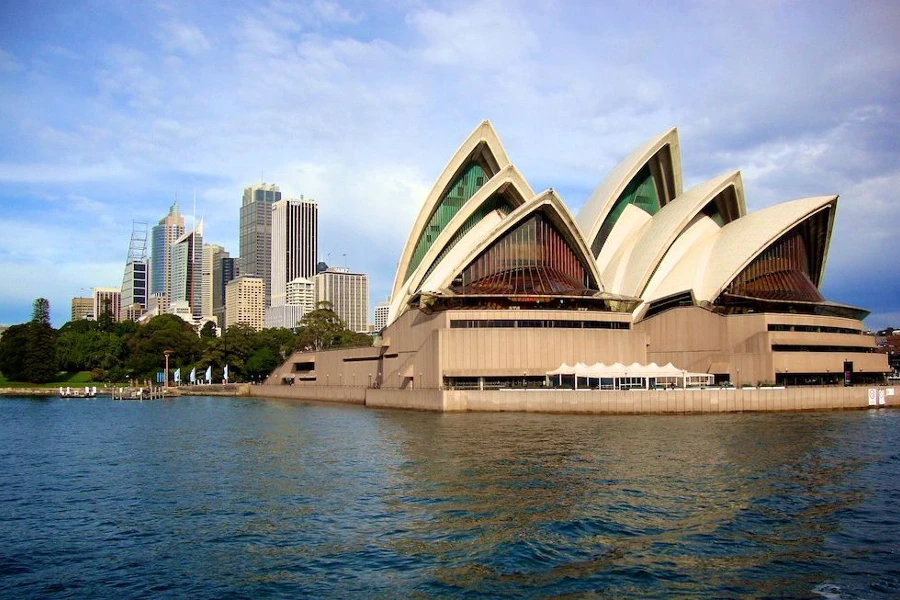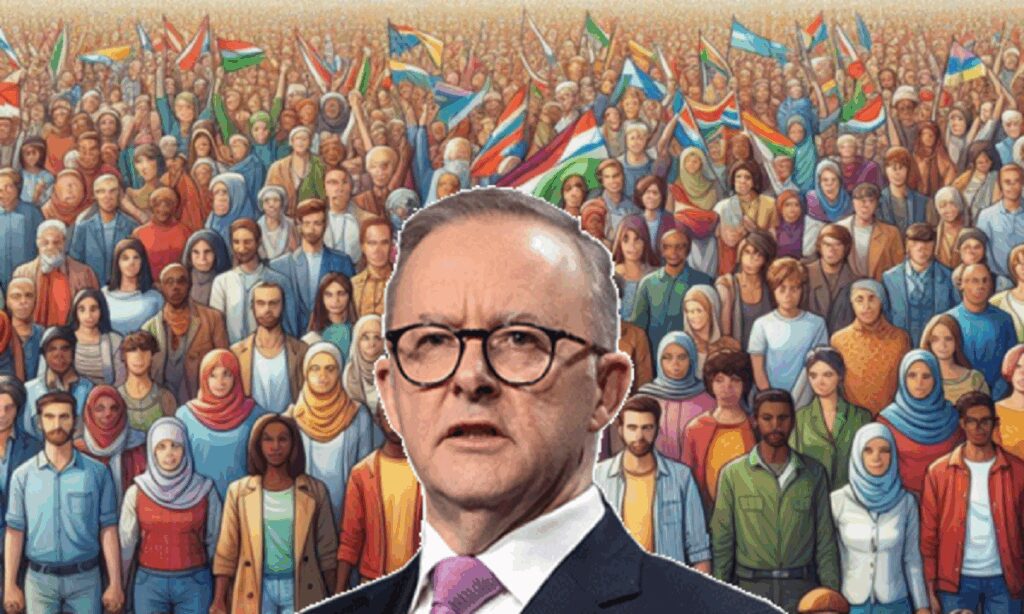Australia – Diversity Through Immigration and Multiculturalism

The Evolution of Australian Immigration and Its Job Market
Australia’s journey to becoming one of the world’s most multicultural societies is fascinating and enriching, especially for those considering moving here for work. Following World War II, the country saw a significant influx of migrants, transforming a predominantly British-oriented society into a vibrant melting pot.
Understanding Visa Pathways
If you’re contemplating employment in Australia, understanding visa options is crucial. The 482 visa, for example, allows employers to sponsor skilled workers for specific roles, while the 189 visa is a permanent residency option for independent skilled workers. The 190 visa enables states and territories to nominate skilled workers for residency. Also, there’s the 491 visa, a pathway for skilled workers who want to live and work in regional areas. Knowing these terms can help you find the right job and immigration pathway.
A Shift in Immigration Policies
In the mid-20th century, reforms began to reshape immigration. With the relaxation of the White Australia policy in the 1950s, non-European migrants were given citizenship opportunities. The pivotal Migration Act of 1966 allowed skilled migrants from various backgrounds to enter Australia based on their qualifications rather than ethnicity. This approach aimed to enhance trade and tourism while fostering connections with other nations, particularly in Asia.
By the 1970s, the focus shifted again under Prime Minister Gough Whitlam’s Universal Migration Policy, promoting a multicultural society. Applicants could now migrate without discrimination based on ethnicity, gender, or religion. This led to a surge of skilled migrants from diverse backgrounds, particularly in the face of global crises.
Job Opportunities in a Multicultural Landscape
The major cities like Melbourne and Sydney became hot spots for postwar immigration. This influx not only transformed these urban centres but also opened up a myriad of job opportunities across various sectors. Many newcomers, especially from Southeast Asia during the Vietnam War, filled key roles in low-skilled jobs while enriching Australia’s cultural tapestry.
Fast forward to today, and the influence of global migration is undeniable. By 2011, one-fourth of Australia’s population was born overseas. As a job seeker, this diversity is a boon. It means there’s a growing demand for skilled professionals in health, technology, engineering, and other sectors.
Challenges and Rewards
While many migrants have successfully integrated into Australian society, it’s important to acknowledge the challenges, such as job discrimination and cultural adjustments. However, the overall narrative remains positive. Australian society has embraced multiculturalism and the benefits of diverse perspectives and skills.
For international job seekers, understanding this landscape is key. Proactively seeking companies that promote inclusivity and diversity can help you not only secure a position but thrive in it.
Have your say!
Got a question, opinion, or experience to share about working in Australia? Leave a comment below and join the conversation.
Thinking about moving to Australia? Have questions or need help?
Join our free and supportive community here at Oz Visa Forum.
Post in our forums to get advice and support from people who’ve already made the move Down Under.
Not sure where to start? Click here to get started







Responses